This post may contain affiliate links. If you click through a link and make a purchase, I may receive a commission at no additional cost to you. As an Amazon Associate, I earn from qualifying purchases. Read the full disclosure here.
Are you wearing the best workout shoes for your feet?
With 26 bones, 33 joints, and 100+ ligaments, tendons, and muscles combined, the foot provides a stable base and absorbs sensory input for the body to make good decisions about movement.
That kind of complexity is precisely why you shouldn’t just slap any old pair of shoes on and call it a day. Comfortable, supportive, workout shoes that fit properly should be first on your list.
Wearing the wrong shoe can not only lead to foot and ankle pain but contribute to injuries further up the chain as well.
Today’s article will explore 11 signs you’re wearing the wrong workout shoe – and how to find the best shoes for your feet!
- 1. You don’t shop for your foot type
- 2. You wear the same shoes for every activity
- 3. You’re slipping – or sticking
- 4. You feel the need to change how you’re moving
- 5. You’re getting a blister
- 6. There’s excessive pressure or numbness in any area
- 7. You don’t feel stable
- 8. Your heel is popping out
- 9. There’s excessive breakdown in any part of the shoe
- 10. You have pain
- 11. Your workout shoes double as your everyday shoes
- How to choose the best workout shoes for your feet
- What are the best workout shoes?
Disclaimer: This content is for educational purposes and is not medical advice. Read the full disclaimer.
1. You don’t shop for your foot type
Feet are different, even from one side to the other. Some of the basics include looking for good arch support, adequate width, and room for your toes.
It gets trickier because research suggests the foot shape alone doesn’t predict what happens during movement. And as humans, we move.
Feet don’t act independently, they’re part of an entire system. Unfortunately, none of this is as cut and dry as we would like. Finding the right exercise shoe can be a process.
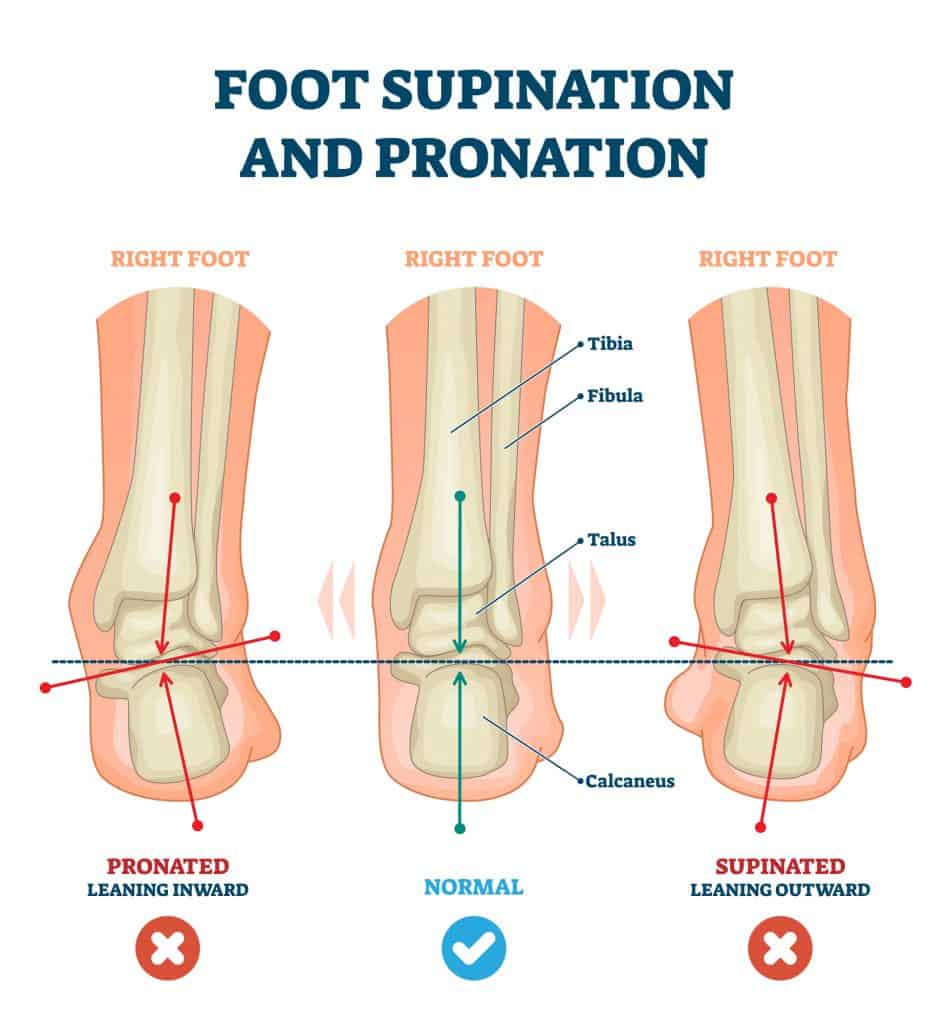
The three main types of workout shoes are neutral/cushioned, stability, and motion control.
(There are also minimalist/barefoot shoes which are a whole different story that I won’t be getting into in this article – bottom line, the evidence is mixed, and they’re not for everyone, it depends.)
Neutral/cushioned shoes (in theory) allow for natural movement of the foot without influencing a particular direction. There is an inherent degree of pronation to everyone’s gait, which helps absorb shock. These are best for neutral to high arch (supinated) feet. Cushioning also helps shock absorption for more rigid feet.
Pronation, overpronation, and hyperpronation are terms to describe flat feet. The arch rolls (or collapses) inward and can transfer more of the weight to the medial (inner) side of the foot, ankle, and knee.
A stability shoe provides support for overpronation. They have more dense material in the midsole to support overpronation.
Motion-control shoes are the highest level up for stability and often recommended for severe pronation.
If you have more specific needs, you can always consult with a podiatrist, physical therapist, and a running store to analyze your gait.
The best sneaker for you will depend on your alignment and how it changes dynamically with movement. Keep in mind that overcorrecting alignment when it’s not necessary can also result in injury.
2. You wear the same shoes for every activity
Would you show up to the beach in high heels?
Of course not, because that would be inappropriate for the activity. So why wear a running shoe for cross-training activities?
Running shoes are not the only athletic shoe option, and sometimes they’re the wrong option. It depends on your fitness activities.
If you do a combination of classes such as kickboxing, HIIT workouts, cardio/weight lifting classes, aerobics, or boot camp style classes, look into a cross-training style shoe.
Cross-training shoes have lateral stability built in to support side to side motions and traction that plays well with quick directional changes.
Do you like to play basketball or tennis on the weekends? Don’t wear your running sneakers on the court!
Have you been doing more weights or barbell training recently? Those super squishy sneakers will hold you back. This type of training favors a more stable base to allow you to feel the floor.
Crowd favorite training shoes to check out:
All of these options have lines for men and women.
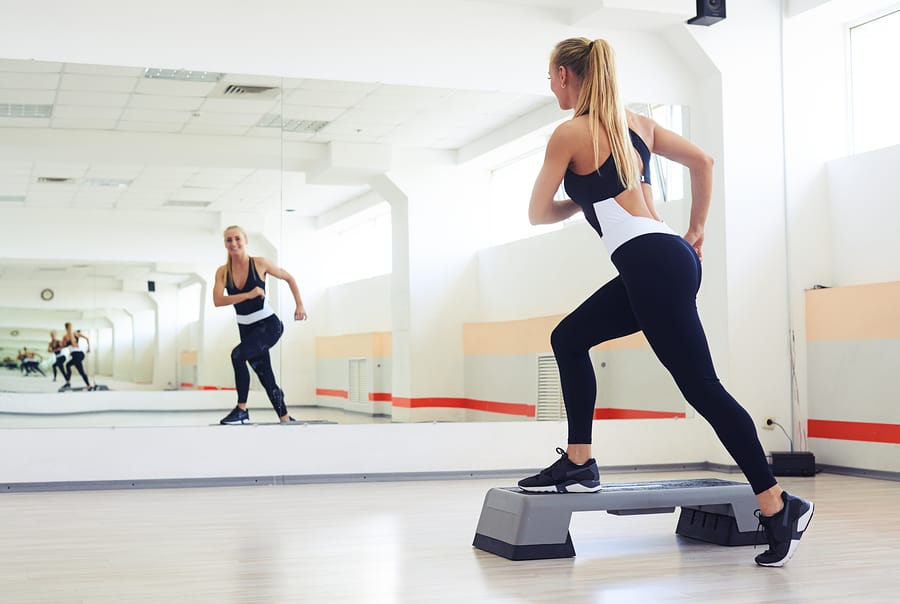
3. You’re slipping – or sticking
These are some major symptoms of wearing the wrong shoe.
There should be about one thumb’s width between your longest toe and the tip of the shoe. If you’re slipping inside the shoe, it may be too wide or lacking the proper support to keep your foot stable.
If you’re slipping on the floor, the shoe type may not be providing the proper traction you need for the activity, or the tread may be worn away.
If you’re sticking, there’s probably too much traction, for example, wearing running shoes to a Zumba class – should be a hard pass. Invest in some dance fitness shoes.
Cross-training shoes combine flexibility and lateral stability with the appropriate tread for pivoting activities.
Related: Sneakers & More: A Guide to Fitness Footwear
4. You feel the need to change how you’re moving
Workout shoes shouldn’t affect your natural movement.
If a shoe is affecting your movement, it isn’t the shoe for you. If you feel the need to alter your gait in any way, or feel that you cannot move freely, there’s an issue.
5. You’re getting a blister
If the shoe fits you properly, there shouldn’t be a long break-in period. Shoes may feel a little stiff the first few times, but that should be it.
Blisters, calluses, and other wear skin irritations caused by excessive pressure and friction can signal the shoe isn’t right for your foot shape.
Wearing proper athletic socks will cushion and ease friction.
6. There’s excessive pressure or numbness in any area
The first thing you can try is adjusting the laces; the second is adding orthotics or insoles.
If that doesn’t resolve the issue, it might not be the best shoe for your foot.
7. You don’t feel stable
Remember, your feet absorb a wealth of sensory information that helps the rest of the body. Too much cushioning can impair this ability.
Again, if your shoes feel flimsy and lack lateral stability, they can cause you to feel unstable during cross-training activities.
Shoes that are “too cushiony” may also make you feel unstable.
8. Your heel is popping out
The shoe could be too long or wide for you, you might need different arch support in the shoe, or you might need to re-lace the shoes.
I liked this article from Road Runner Sports diving into this specific problem, along with other symptoms of wearing the wrong running shoe.
9. There’s excessive breakdown in any part of the shoe
Your shoes tell a story. Is there one area that breaks down quickly?
Excessive wear in the inner area of the heel, the big toe, or in one spot on the bottom of the shoe can indicate it’s not the best shoe for your foot. Brooks sneakers are good quality and have several models with an adequate toe box.
The wear pattern on the bottom of your shoes can help determine areas of your foot (or further up the chain) that may need additional attention.
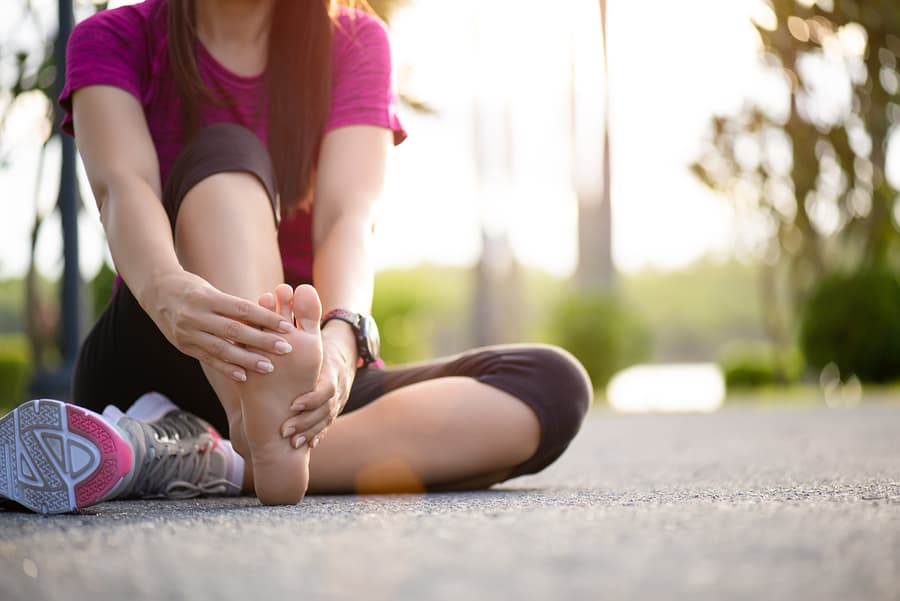
10. You have pain
Do your toes have enough room to move? Toes should never be cramped up together inside your shoe. Not only can this cause issues like ingrown toenails, but cramped toes will affect how the whole body moves.
A wider toe box can give you the space to wiggle your toes comfortably and provide additional space for bunions or other degenerative changes in foot structure.
Developing other pain such as heel pain, plantar fasciitis, tendonitis, shin splints, achy joints, knee pain, etc. can indicate your feet are not adequately supported, or the shoes are past their prime.
11. Your workout shoes double as your everyday shoes
Do you also wear your workout shoes casually?
This doesn’t necessarily indicate you’re wearing the wrong shoes, but it does help those expensive kicks last longer.
It’s cool if you’re running a quick errand after, but shoes have a lifespan before they break down somewhere around 300 hours of exercise.
A lifespan benchmark for walking/running shoes is around 350-500 miles.
Try to save your workout shoes for workouts – they will last longer.
If you can’t remember the last time you replaced them, it might be time.
How to choose the best workout shoes for your feet
Get a proper fitting
Things change over time including foot shape and shoe size.
Many running stores have personnel trained to analyze gait and foot type to recommend the best shoes for your feet. Shop for your foot type and movement mechanics.
Buy good quality shoes
You get what you pay for.
If spending on sneakers makes your head spin, buy from stores that have a no questions asked return policy even if you’ve worn the shoes. If they don’t work out, no worries, try something else.
Good quality shoes use higher quality materials that will last longer. To save a few bucks, you can always try looking for last year’s model of a particular shoe. Once the new model comes out, the older ones typically cost less, but there isn’t anything wrong with them.
Caution with “outlet” shoes: The brand name might be there, but it may be “made for outlet” quality, making that deal too good to be true.
Good quality shoes are cheaper than physical therapy and other doctor’s office visits in the long run.
Add orthotics or insoles
Orthotics can make a big difference in how a shoe fits and performs for your feet.
If you have particular needs, you will need to see a podiatrist for custom orthotics. The downside is they can be costly (in the neighborhood of $400-$600 per pair). Insurance limits how many pairs you can have if they cover them at all.
For affordable, high-quality insoles, I recommend Superfeet.
They offer different types of insoles for all activities and are cost-effective enough to have several pairs to go around in your shoe collection.
New Superfeet customers can get 10% off with email sign-up – click here and use code WELCOME10.

Sizes vary from brand to brand
We tend to be very attached to things like sizes. Get the size that fits your foot. Go with how you feel.
Try different brands – feet are unique, and there’s a lot of fish in the sea. Don’t settle for good enough; look for the right shoes that make you feel excited to workout.
What’s the best brand to buy
There are many good brands, but the best gym shoes for you are going to be the ones that fit your feet. So don’t pigeonhole yourself into one brand.
Say no to casual slip-on style shoes
These are never OK for workouts. Ever.
I see this quite frequently, and it’s no fun to watch someone’s ankle collapsing inward or sliding all around because they’re wearing slip-ons (and not even aware of the issue – just proud they made it to the gym!)
I’m proud you made it to the gym too, but I also want you to be healthy enough to come back. Athletic shoes provide a stable base that locks your foot in with laces.
Slip-ons might be great to scoot around your house, but they were not designed for workouts (including walking) and increase your chances of an injury.
Just don’t do it.
What are the best workout shoes?
Ultimately, the best workout shoes for you are going to be the ones that fit your feet. Within the sneaker category, there are still many different shoe styles to choose from.
Foot and lower limb movement mechanics are extraordinarily complex, and there may be some trial and error to find the best combination for you, even if you’re working with healthcare professionals.
If you’re looking for new shoes to fix a host of ailments magically, you’ll probably be disappointed. Keep in mind that correctly fitting shoes are only one piece of the puzzle.
Similarly, footwear/orthotics alone won’t prevent injury but can have a place in your overall well-rounded fitness strategy to set you up in proper alignment.
Keep these valuable tips the next time you’re in the market for new workout shoes – your feet will thank you!
featured image credit: sutthinon / bigstockphoto.com
References
Bonanno DR, Landorf KB, Munteanu SE, et al. Effectiveness of foot orthoses and shock-absorbing insoles for the prevention of injury: a systematic review and meta-analysis. British Journal of Sports Medicine 2017;51:86-96.
Buldt, A.K., Menz, H.B. Incorrectly fitted footwear, foot pain and foot disorders: a systematic search and narrative review of the literature. J Foot Ankle Res 11, 43 (2018). https://doi.org/10.1186/s13047-018-0284-z
Cote KP, Brunet ME, Gansneder BM, Shultz SJ. Effects of Pronated and Supinated Foot Postures on Static and Dynamic Postural Stability. J Athl Train. 2005;40(1):41‐46.
Ferber R, Hettinga BA. A comparison of different over-the-counter foot orthotic devices on multi-segment foot biomechanics. Prosthetics and Orthotics International 2016;40(6), 675–681. https://doi.org/10.1177/0309364615584660
Langone KA. How to Evaluate and Recommend Athletic Shoes. Podiatry Management. October 2010; 107-115. Sourced from: https://www.aapsm.org/pdf/articles/recommend-athletic-shoes.pdf
Sterzing, Thorsten. (2015). Athletic footwear research: Effects of shoe construction and relationships of evaluation parameters.
Sun X, Lam WK, Zhang X, Wang J, Fu W. Systematic Review of the Role of Footwear Constructions in Running Biomechanics: Implications for Running-Related Injury and Performance. J Sport Sci Med. 2020;19:20-37.

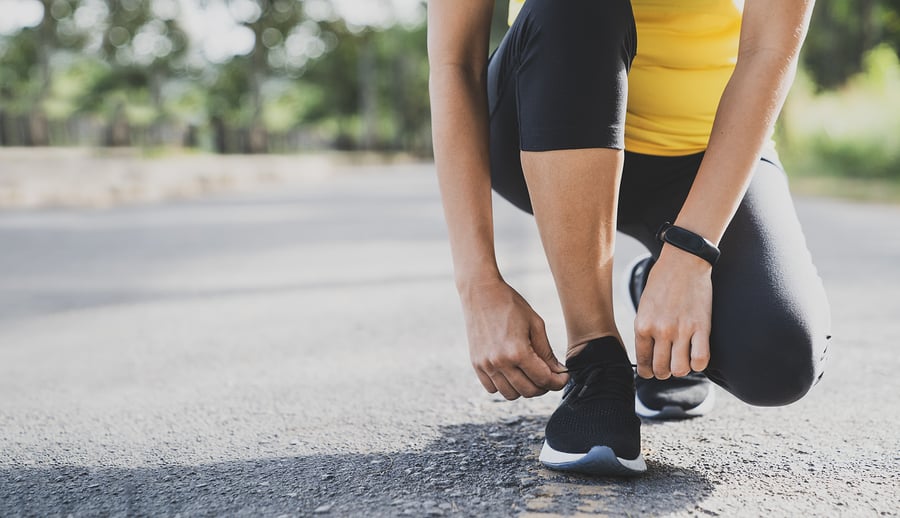
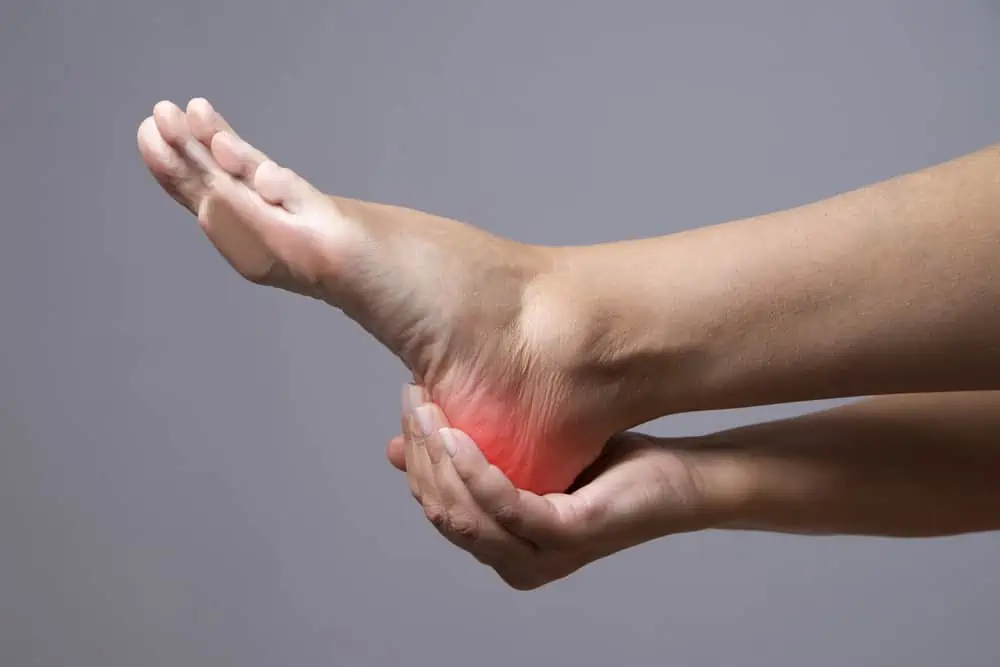
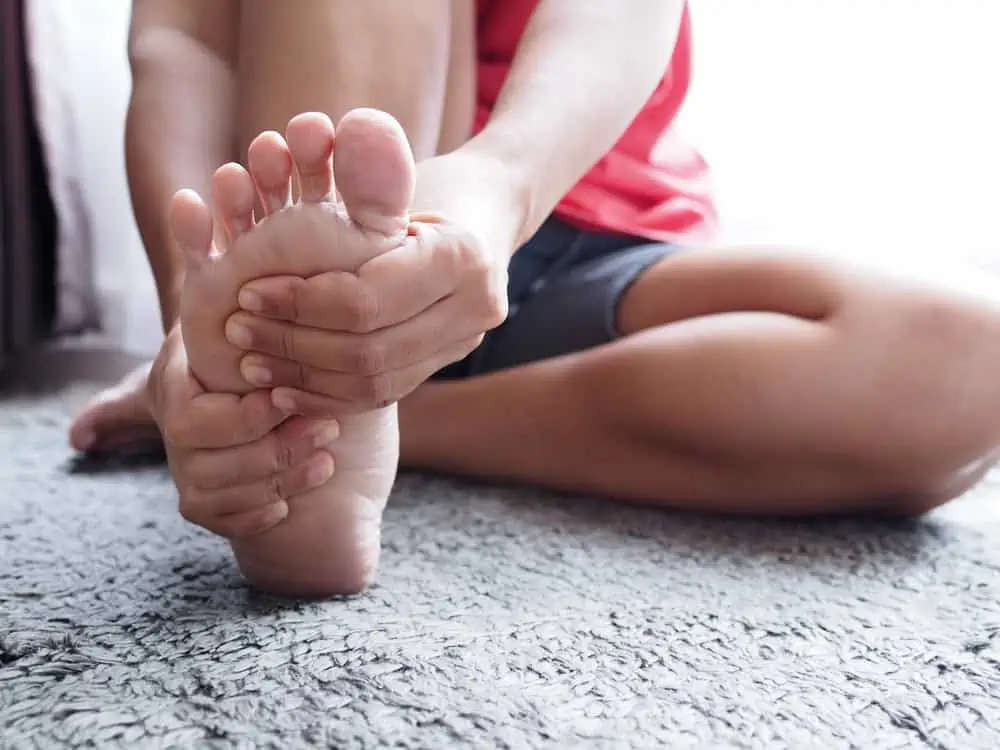
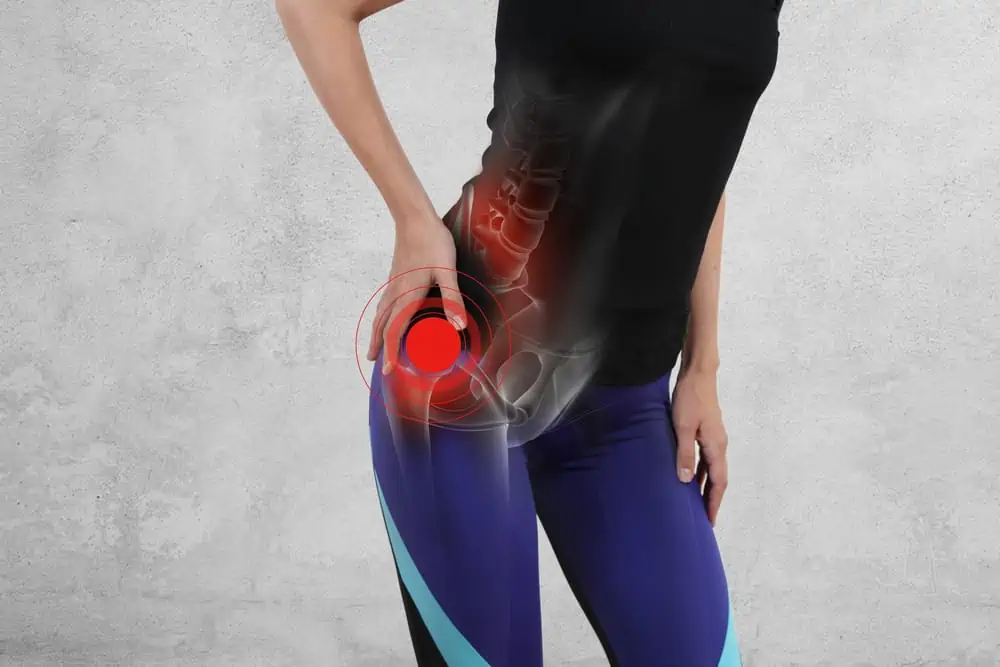
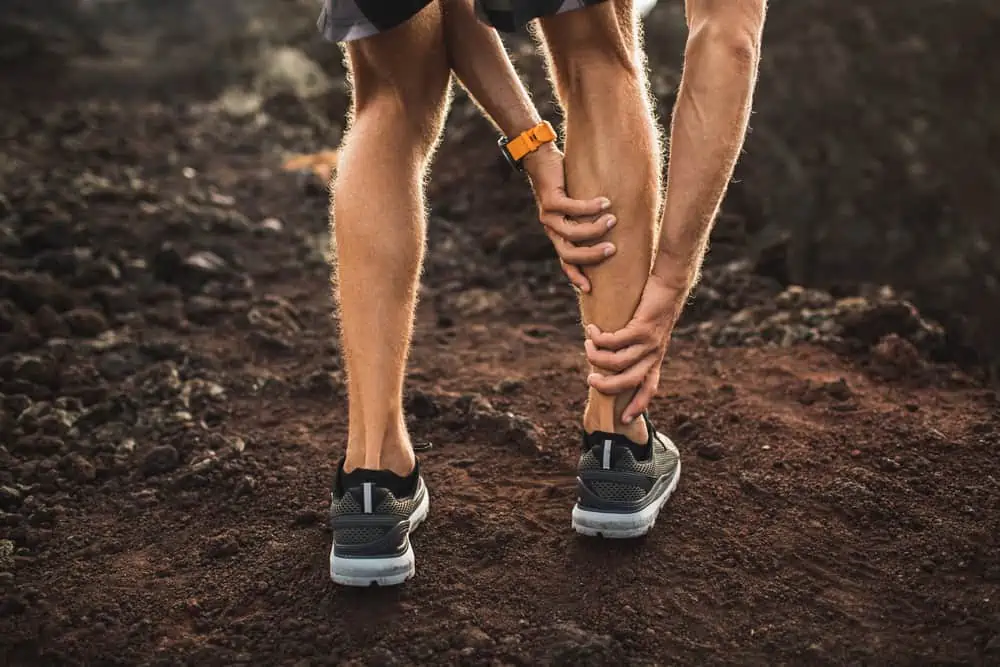
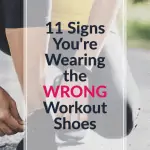
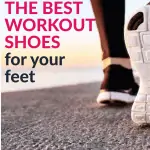
Such a great article with lots of quality information. I would add that runners should get properly fitted for their sneakers. Many running stores offer this for free. Even seasoned runners can benefit because gait can change over the course of the years. And make sure to replace them every 200 to 500 miles!
Absolutely Lauren! Thanks for reading.
THis has always been a big issue for me, as I have orthotics. Most shoes don’t work for me or my orthotics. your tips are spot on!
Thank you!
Maura, thank you for this article. I’ve had trouble with my feet for a few years now probably partially due to diabetes. I quit wearing shoes that lace up because the last pair I wore for two days cost me to lose both large toenails. I’ve been wearing slip on sketchers but when I try to take a walk my feet slipped really bad. I’ve ordered a new pair of shoes that lace up in hopes that I can have more stability so that I can walk further without feeling like I’m going to fall. I also wear orthotics in them. I appreciate your advice on here.
Thank you Carol, I hope your new shoes work for you and allow you to walk more comfortably! Thank you for reading!
This is really helpful! I always get numbness in my toes when I use an elyptical trainer at the gym. I wonder now if it’s my shoes or if an orthotic could help. I’ll have to look into it.
It’s possible shoes are part of that puzzle. Toe numbness is a common complaint while using an elliptical and frequently caused by constantly pressing the forefoot into the pedal, compressing the tissues so they never get a break. Making an effort to distribute weight evenly throughout the foot and intermittently wiggling the toes can also help. Thanks for reading!